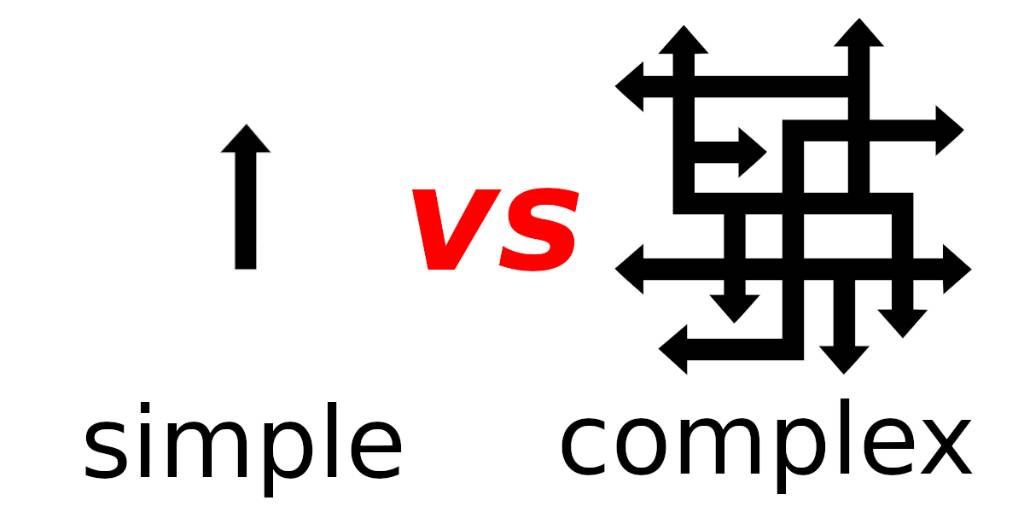Software Yang Principle
17/11/2023

In the dynamic realm of software development, the Yang principle stands as a beacon of innovation, creativity, and adaptability, guiding developers in their quest to harness the power of technology while staying true to the ever-evolving landscape of user needs and technological advancements.
The Yang principle, complementing the Yin principle of planning, organization, and maintainability, emphasizes the importance of embracing change and fostering a spirit of exploration and experimentation. It recognizes that software development is not a rigid, linear process but rather an ongoing journey of adaptation and growth.
Core Tenets of the Yang Principle
The Yang principle encompasses a set of fundamental principles that empower developers to navigate the complexities of software development with agility and resilience:
- Embrace Change: Welcome change as an opportunity for growth and improvement.
- Adapt and Evolve: Be prepared to adjust plans and strategies as requirements and technologies evolve.
- Think Outside the Box: Challenge conventional approaches and explore unconventional solutions.
- Take Calculated Risks: Embrace controlled experimentation and learn from both successes and failures.
- Continuous Learning: Foster a culture of continuous learning and skill development.
Harnessing the Yang Principle in Practice
The Yang principle manifests itself in various aspects of software development, from design and architecture to testing and deployment. Here are some practical examples of how to integrate the Yang principle into your development process:
- Agile Methodologies: Adopt agile methodologies, such as Scrum and Kanban, which promote adaptability and incremental progress.
- Test-Driven Development (TDD): Employ TDD to write more flexible and maintainable code, reducing the fear of change.
- Continuous Integration (CI) and Continuous Delivery (CD): Leverage CI/CD pipelines to automate testing and deployment, freeing up time for innovation.
- Exploration of New Technologies: Stay abreast of emerging technologies and experiment with those that align with project goals.
Benefits of Embracing the Yang Principle
By embracing the Yang principle, software development teams reap a multitude of benefits:
- Innovation and Creativity: Foster a culture of innovation and creativity, leading to ground-breaking solutions.
- Adaptability and Agility: Respond effectively to changing requirements and technological advancements.
- Reduced Development Time: Iterate quickly and efficiently, bringing products to market faster.
- Enhanced Maintainability: Create code that is easier to understand, modify, and extend.
- Improved User Experience: Deliver solutions that cater to evolving user needs and expectations.
Conclusion: Embracing the Dynamic Nature of Software Development
The Yang principle serves as a guiding light for software developers, encouraging them to embrace the dynamic nature of their field. By fostering a culture of innovation, adaptability, and continuous learning, developers can harness the power of technology to create solutions that not only meet current needs but also anticipate and adapt to the ever-changing future.
Similar Pages
-

A Nightmares Chain in Code: Working in Systems That Cannot Be Debuggable or Testable
Everywhere is 3rd party framework and do you really manage all of them very well? -

Beware of Fake Problem Solver Applications
-

Abandoned Software
Everybody creating software projects, but how about discontinued ones? -

Software Delivery
Ready to Go Software Products; It's time to meets his users -

Keep It Simple, Stupid
Embracing Simplicity in Software Development -

Software Yang Principle
Embracing Change and Innovation in Software Development -

Kubernetes vs Docker
What they are? Which one is better?









